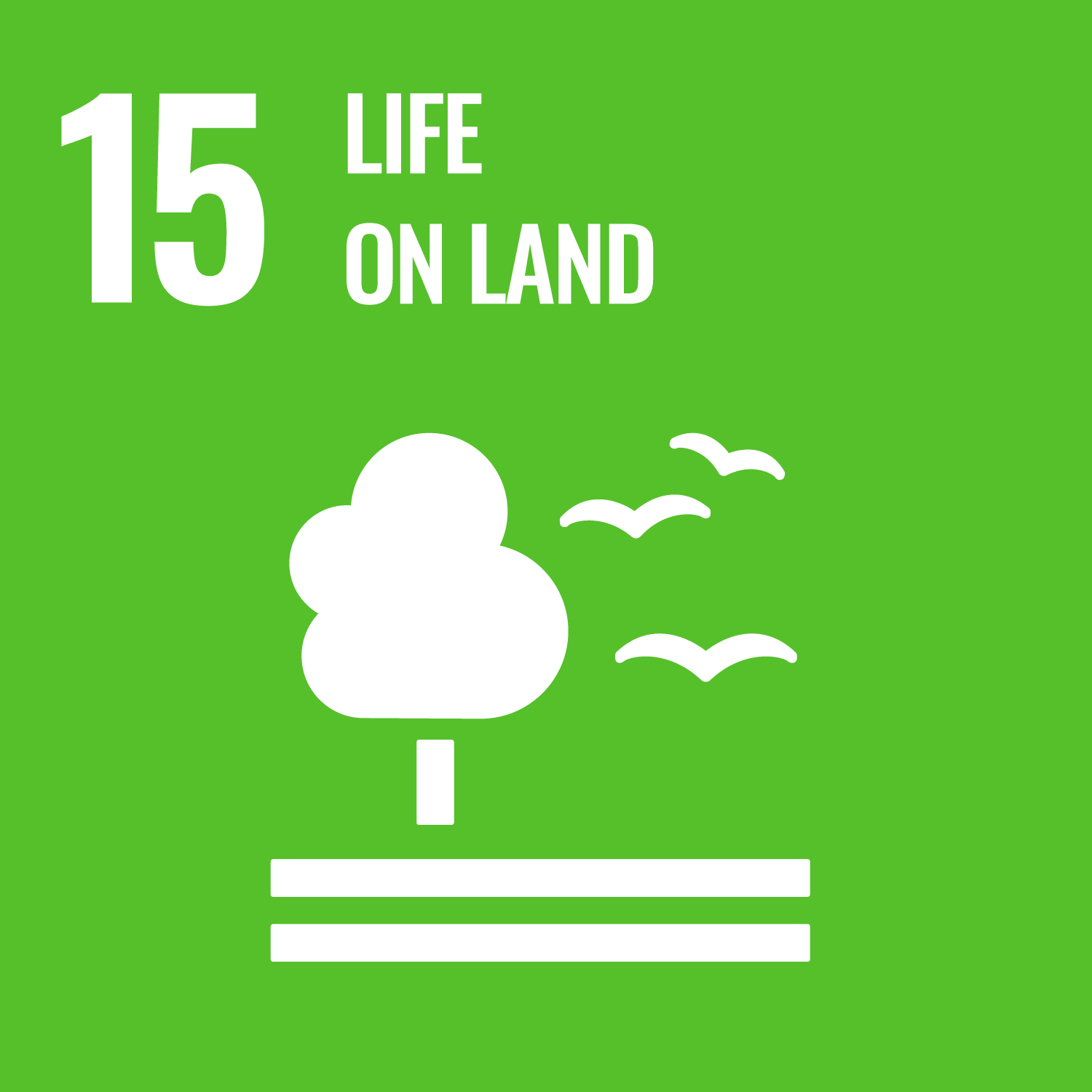Fagan, Brennen orcid.org/0000-0002-8451-920X, Pitchford, Jon orcid.org/0000-0002-8756-0902, Stepney, Susan orcid.org/0000-0003-3146-5401 et al. (1 more author) (2023) Increased dispersal explains increasing local diversity with global biodiversity declines. Global Change Biology. ISSN: 1354-1013
Abstract
The narrative of biodiversity decline in response to human impacts is overly simplistic because different aspects of biodiversity show different trajectories at different spatial scales. It is also debated whether human-caused biodiversity changes lead to subsequent, accelerating change (cascades) in ecological communities, or alternatively build increasingly robust community networks with decreasing extinction rates and reduced invasibility. Mechanistic approaches are needed that simultaneously reconcile different aspects of biodiversity change, and explore the robustness of communities to further change. We develop a trophically-structured, mainland-archipelago metacommunity model of community assembly. Varying the parameters across model simulations shows that local alpha diversity (the number of species per island) and regional gamma diversity (the total number of species in the archipelago) depend on both the rate of extirpation per island and on the rate of dispersal between islands within the archipelago. In particular, local diversity increases with increased dispersal and heterogeneity between islands, but regional diversity declines because the islands become biotically similar and local one-island and few-island species are excluded (homogenisation, or reduced beta diversity). This mirrors changes observed empirically: real islands have gained species (increased local and island-scale community diversity) with increased human-assisted transfers of species, but global diversity has declined with the loss of endemic species. However, biological invasions may be self-limiting. High-dispersal, high local-diversity model communities become resistant to subsequent invasions, generating robust species-community networks unless dispersal is extremely high. A mixed-up world is likely to lose many species, but the resulting ecological communities may nonetheless be relatively robust.
Metadata
| Item Type: | Article |
|---|---|
| Authors/Creators: |
|
| Copyright, Publisher and Additional Information: | © 2023 The Authors. |
| Dates: |
|
| Institution: | The University of York |
| Academic Units: | The University of York > Faculty of Sciences (York) > Mathematics (York) The University of York > Faculty of Sciences (York) > Biology (York) The University of York > Faculty of Sciences (York) > Computer Science (York) |
| Date Deposited: | 30 Aug 2023 09:50 |
| Last Modified: | 12 Dec 2025 16:11 |
| Published Version: | https://doi.org/10.1111/gcb.16948 |
| Status: | Published online |
| Refereed: | Yes |
| Identification Number: | 10.1111/gcb.16948 |
| Sustainable Development Goals: | |
| Open Archives Initiative ID (OAI ID): | oai:eprints.whiterose.ac.uk:202783 |
Download
Description: Global Change Biology - 2023 - Fagan - Increased dispersal explains increasing local diversity with global biodiversity
Licence: CC-BY-NC 2.5


 CORE (COnnecting REpositories)
CORE (COnnecting REpositories) CORE (COnnecting REpositories)
CORE (COnnecting REpositories)